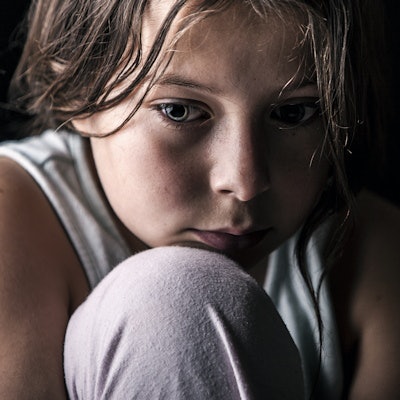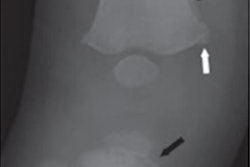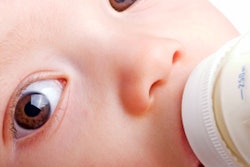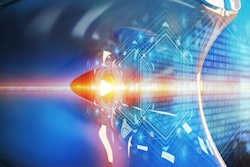
A deep-learning algorithm that includes analysis of imaging reports can identify children who have been physically abused, according to research published online March 18 in the Journal of Pediatric Surgery.
After incorporating natural language processing (NLP) of radiology reports into deep-learning models developed to detect child abuse, researchers led by Dr. Niti Shahi of Children's Hospital Colorado in Aurora, CO, found that their algorithm was over 93% accurate for identifying children who had been physically abused.
"Such models could be developed to run in real-time in the electronic medical record and alert clinicians when certain criteria are met, which would prompt them to pursue the diagnosis of abuse," the authors wrote.
Hypothesizing that better prediction models could be created to complement clinical detection of child abuse, the researchers sought to train deep-learning algorithms utilizing patient demographics, clinical and lab values, and radiographic imaging findings. These models were developed using retrospective data from January 1, 2010, to January 31, 2020, that were obtained from the trauma registry at Children's Hospital Colorado, a level 1 pediatric trauma center in Colorado.
Of the 1,312 pediatric patients included in the study, 737 (56.2%) were physically abused; the remainder had similar injury severity scores as the abused children but were classified as having unintentional injuries and served as controls in the study. The researchers used data from 918 patients to train the algorithm; the remaining 394 patients were used to validate the models.
Two models were developed. The first algorithm utilized patient demographics (age, gender, and insurance type); emergency department (ED) vital signs data; clinical characteristics such as the Glasgow Coma Score and injury severity score; and laboratory findings such as ED base deficit, ED internationalized normalized ratio, lactate, and ED liver enzyme tests. The second model used the same data as the first but with the addition of NLP analysis of radiology report text from head CT exams, brain MRI studies, and skeletal surveys.
Adding imaging findings improved the performance of the initial deep-learning model for distinguishing between child physical abuse and nonabuse.
| Performance of deep-learning models for detecting physical child abuse | ||
| Deep-learning model 1 (demographic and laboratory findings) | Deep-learning model 2 (imaging, demographic, and laboratory findings) | |
| Sensitivity | 87.2% | 92.5% |
| Specificity | 85.1% | 94.6% |
| Accuracy | 86.3% | 93.4% |
| Positive predictive value | 88.7% | 95.9% |
| F1 score | 0.86 | 0.93 |
| Area under the curve | 0.86 | 0.94 |
The researchers said that the deep-learning model learned to recognize the following imaging characteristics associated with abuse:
- Head CT: findings such as "bilateral mixed density subdural hematomas" and multiple fractures, as seen with "diastatic occipital and biparietal skull fractures ... with thin bilateral extra-axial (possibly epidural) hemorrhages"
- Brain MRI: findings such as "bilateral subdural hemorrhages with mixed signal"
- Skeletal surveys: findings such as "left parietal skull fracture, multiple corner fractures and rib fractures, and question of different ages of rib fractures with healing on the left" and "healing fractures left anterior sixth and seventh ribs with metaphyseal corner fractures medial aspect right and left distal femur without signs of osseous healing"
The study's data support the use of machine learning as a potential adjunct to clinician judgment to improve recognition of physical child abuse, according to the researchers.
"With the high incidence of head injuries in abused children, early recognition of abuse is important to ensure the child's safety, engage social work promptly, and initiate appropriate treatment of abuse-related injuries," the authors wrote.




.fFmgij6Hin.png?auto=compress%2Cformat&fit=crop&h=100&q=70&w=100)




.fFmgij6Hin.png?auto=compress%2Cformat&fit=crop&h=167&q=70&w=250)











